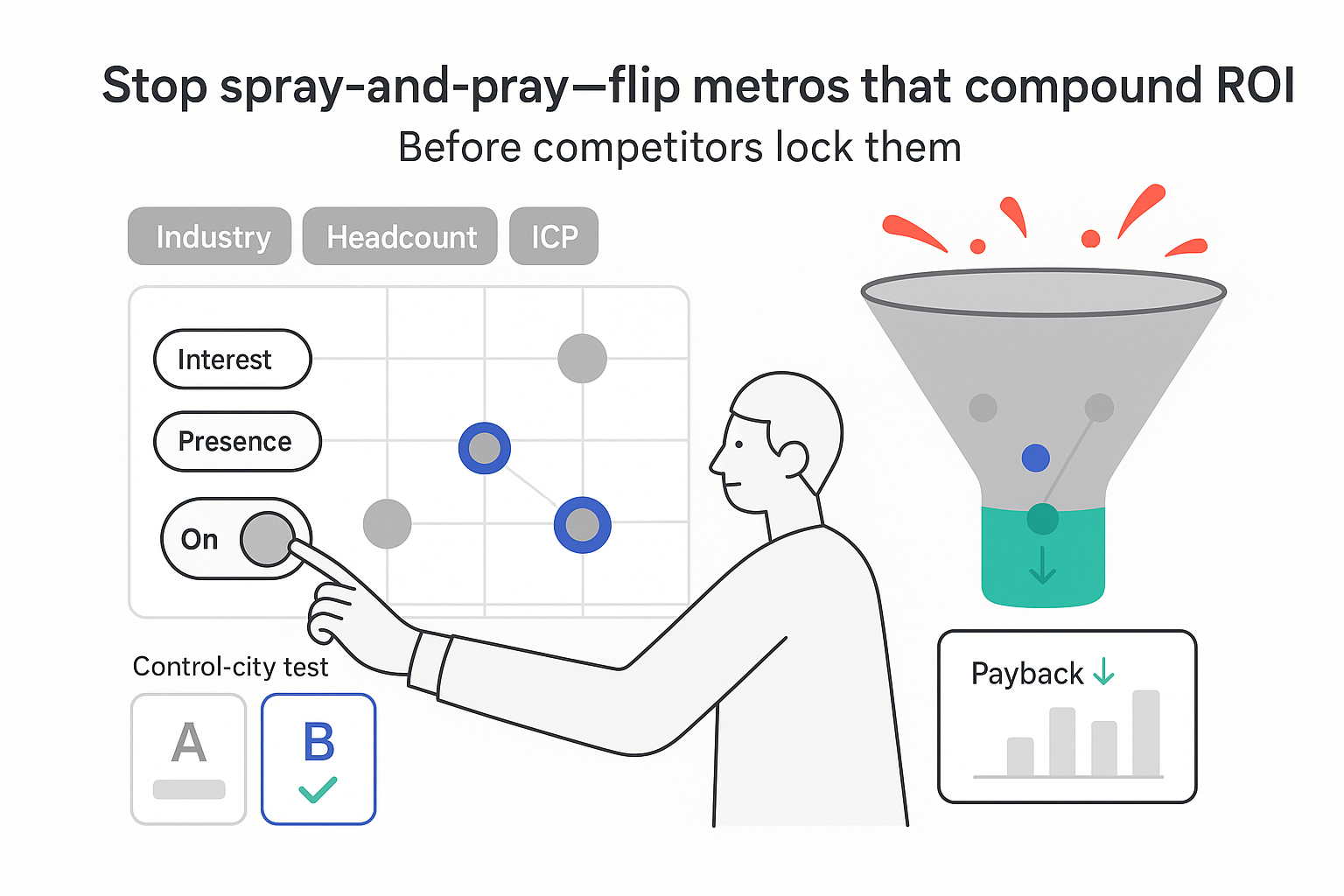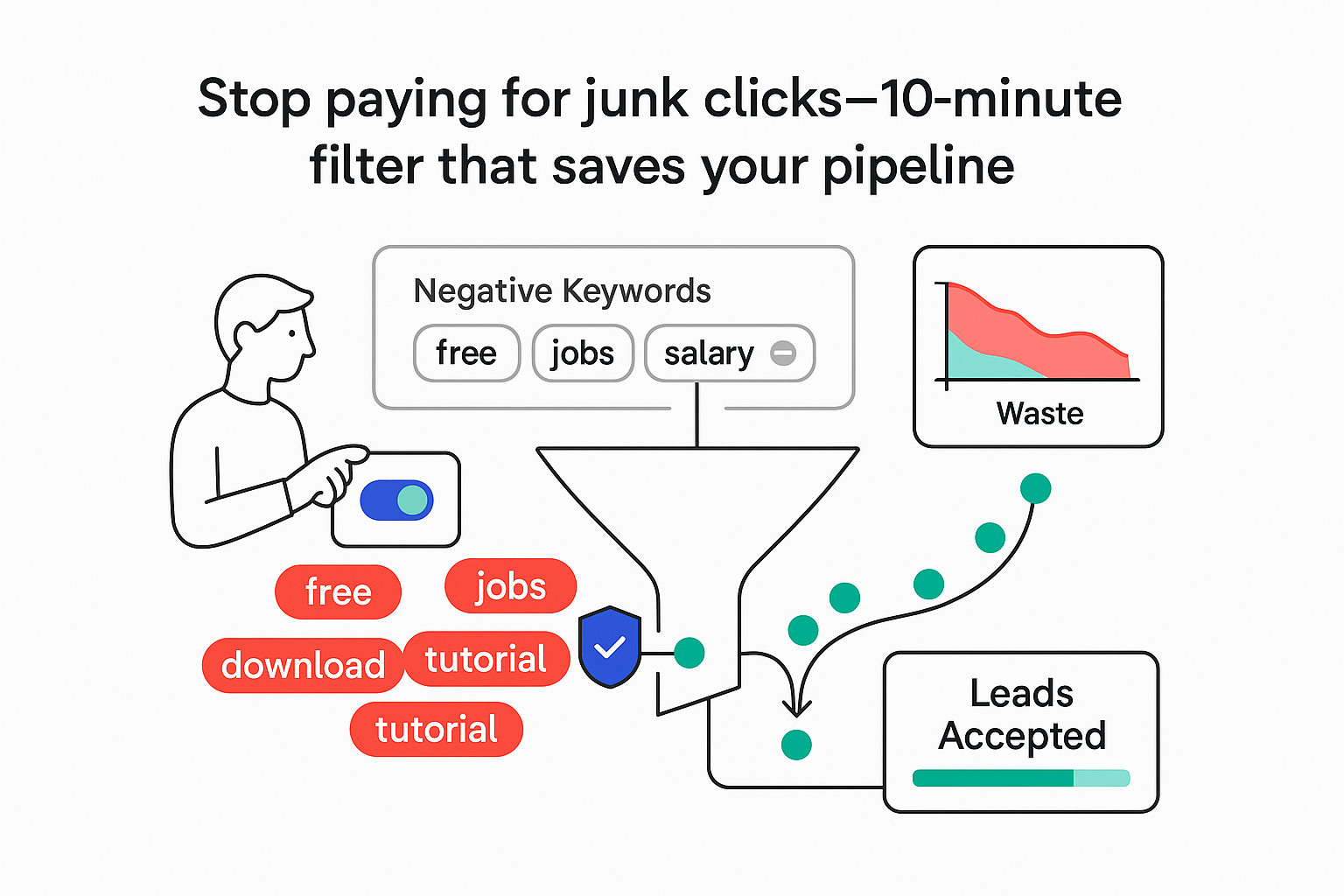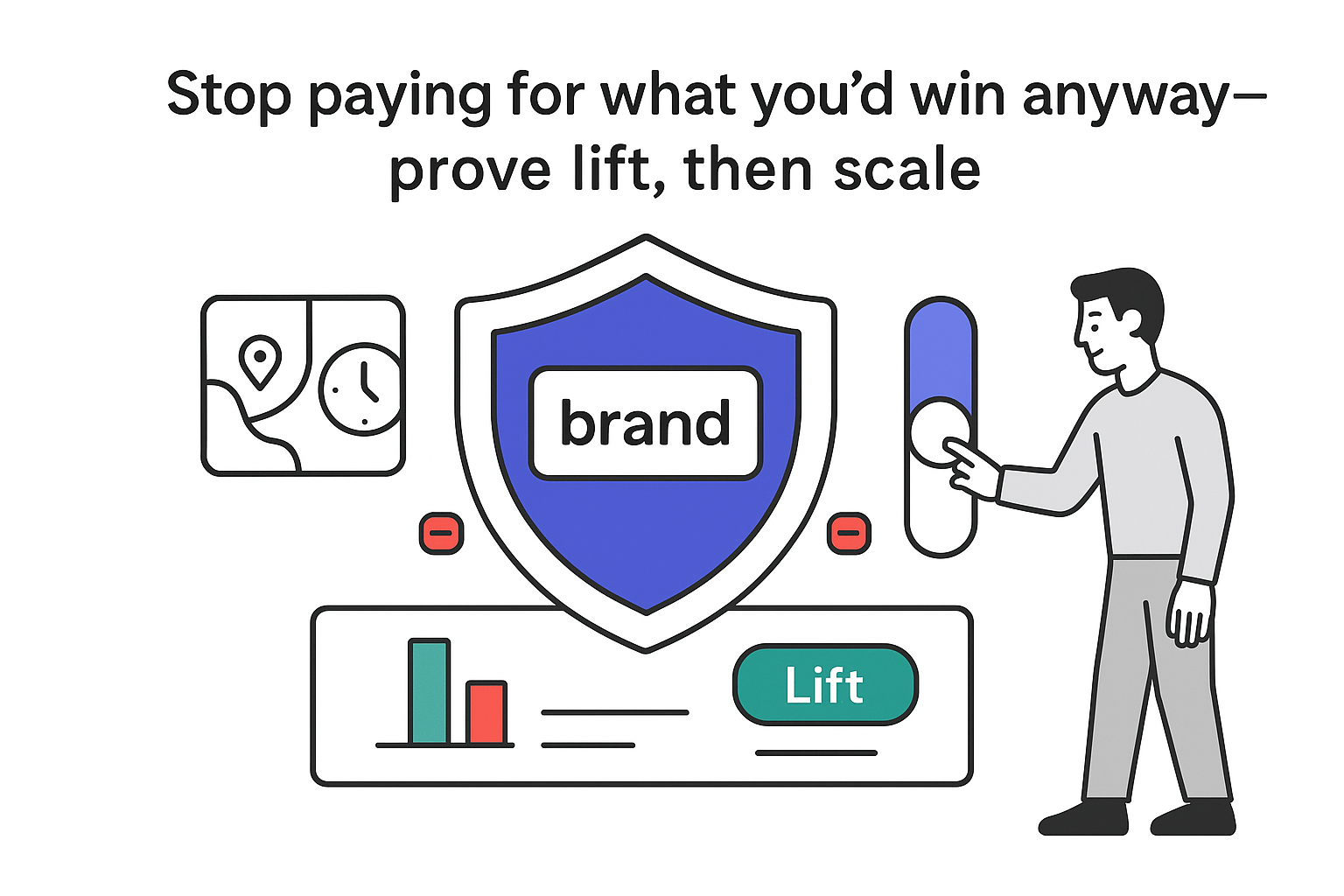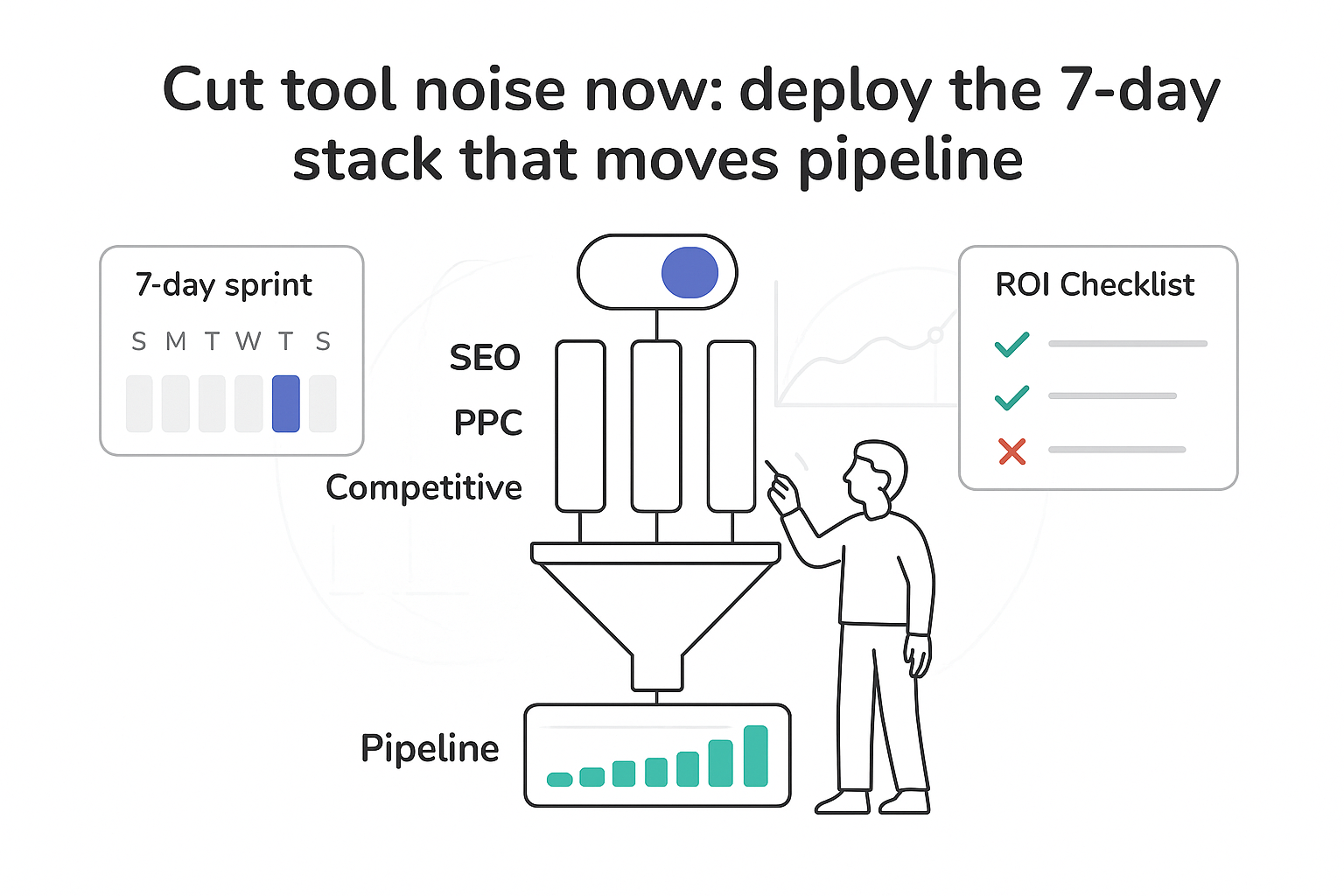I move fast. My buyers expect clarity. Investors expect a clean story. That’s why, for me, an AI legal checklist is less about red tape and more about keeping revenue, deals, and diligence on track. The trick is simple to say and hard to practice: I document ownership, map risks to contracts, and make sure my data story holds up when a big customer, auditor, or acquirer asks hard questions. Speed matters to me, but so does paper. That can feel at odds; in practice, it isn’t. With the right sequencing, legal work becomes a force multiplier rather than a drag.
AI legal checklist: Contractual considerations
I start where the money is. My AI legal checklist pays off fastest when upstream vendor terms and downstream customer contracts are tuned to the same risk model. That way, what I promise to customers is backed by what I get from providers. No surprises during procurement. No “we’ll fix it later” when a PO is on the line.
A practical way I handle this is to standardize the four contract types I use most - my MSA, SOW, DPA, and SLA. I keep them readable and consistent, then negotiate exceptions with intent, not by accident.
Master Service Agreement checklist
- Ownership of outputs: who owns deliverables, generated outputs, and any fine-tuned artifacts.
- License scope: clear scope for use, territory, and users, plus rights to retrain or fine-tune.
- Indemnities: vendor IP indemnity for the service, data breach indemnity where appropriate, and my indemnity for customer misuse.
- Limitation of liability: caps tied to fees or a set amount, with carve outs for data breach, confidentiality, and IP infringement.
- Warranty disclaimers: accuracy, fitness, and non-reliance on model outputs without human review.
- Model update and change control: notice periods, backward compatibility, and opt-out for breaking changes.
- Audit rights: limited to security and compliance, with reasonable frequency and scope.
- Termination for convenience: notice period, wind-down assistance, and return or deletion of data.
- Flow-down obligations: pass through critical upstream terms to subcontractors and partners.
Statement of Work checklist
- Scope and success criteria: measurable acceptance criteria tied to business outcomes.
- Data sources and environments: who supplies data, where it runs, and retention constraints.
- Human-in-the-loop: when required reviews happen and who signs off.
- Testing and validation: bias, accuracy, and performance thresholds before go-live.
- Deliverables list: artifacts, documentation, and access to model cards or change logs.
Data Processing Addendum checklist
- Roles and data categories: controller or processor, and data elements in prompts, logs, and outputs.
- Security measures: encryption, access controls, and incident notification timelines.
- Subprocessors: disclosure list, notice of changes, and objection rights.
- Cross-border transfers: SCCs, UK IDTA, or other mechanisms, plus supplementary measures.
- Return and deletion: timelines, methods, and verification.
Service Level Agreement checklist
- Availability targets: uptime, maintenance windows, and exclusions.
- Support response and resolution: severity levels with time targets.
- Performance: latency benchmarks and throughput for AI endpoints.
- Credits: simple, automatic credits for misses, with caps defined.
I map risk allocation clearly for enterprise deals. If my downstream contract promises an IP indemnity for model outputs, my upstream should mirror that coverage for the model or API I rely on. If I agree to a data breach carve out from the liability cap, I make sure my vendor terms do the same. And for outputs accuracy, disclaimers are consistent across my stack. It feels picky. It saves deals.
IP ownership
The heart of my AI legal checklist is simple: be crystal clear on who owns what. That includes prompts, outputs, fine-tuned models, checkpoints, and any derivative works built during delivery.
Establish chain of title early
- Invention assignment agreements for employees and contractors. I make it standard onboarding, signed before work starts.
- Assignment of pre-incorporation work to the company: code, research notes, weights, and data schemas.
- Contributor license agreements for external collaborators.
Background IP vs. foreground IP
- Background IP: what each party brings in. I keep it licensed, not transferred.
- Foreground IP: what I create on the job. I define ownership, then grant the other side only what they need to use the deliverable.
- Fine-tuning rights: if I fine-tune on customer data, who owns the resulting checkpoint, and whether I can reuse learned parameters for others.
Outputs and protectability
- In the U.S., works without meaningful human involvement are not eligible for copyright. I add human authorship and document it, in line with recent guidance from the U.S. Copyright Office.
- Some countries treat machine outputs differently or remain uncertain. I build policy to capture human edits and approvals.
Internal IP hygiene
- Prompt libraries: I store, version, and tag them. They’re company IP.
- Dataset catalogs: I document source, license, consent, and exclusions with an allow list and a deny list.
- Model cards and data sheets: training data summary, intended use, known limits, and release notes.
- Access discipline: role-based controls for weights, datasets, and prompts.
This level of clarity calms investors and customers. It also prevents the awkward moment when a key hire leaves and claims ownership of a fine-tuned model at the core of my roadmap. For more depth on safeguarding core assets, see protecting what you’ve built.
IP infringement
The second leg of a reliable AI legal checklist is infringement risk. It runs from training inputs to outputs that hit production. Problems can surface in text, images, code, and even metadata. As elucidated in our earlier article about IP trends in 2024, the landscape is evolving and demands practical guardrails.
Practical risk controls
- Use approved sources. I prefer licensed datasets or provider programs that include content rights.
- Scan and clear. I use code scanning and license tools to flag problematic components in deliverables and keep a software bill of materials.
- Human-in-the-loop. I review model outputs that can resemble third-party works and document that review.
- Prompt discipline. I avoid prompts that try to reproduce a specific copyrighted work or distinctive style on request.
Indemnities that matter
- Scope: cover allegations that the service, model, or outputs used as intended infringe third-party rights.
- Exclusions: no coverage for outputs shaped by the customer’s prohibited inputs, customization, or unapproved training data.
- Control of defense: provider controls defense with a duty to keep me informed; the customer has consent rights on settlements that limit use.
- Remedies: modify, replace, or refund. I state the order of operations and timing.
Open-source code contamination
- Watch copyleft risk. If I ship code with strict licenses, I may need to open my source. I document dependencies and license types.
- Governance: I use SBOMs and policy gates in CI to block noncompliant licenses. Exceptions stay in writing with business sign-off.
Contract language for model-output risk
- Accuracy disclaimer: outputs may contain errors and must be reviewed.
- Prohibited uses: I ban use in high-risk contexts without human review.
- Content ownership: I clarify who owns prompts and outputs, and what rights each party has to reuse them.
No single clause eliminates IP risk. But a tight loop of vetted sources, scanning, human review, and aligned indemnities keeps the risk at a level enterprise buyers accept.
Privacy
Personal data flows through prompts, context windows, logs, and outputs. I trace that path, then set the rules that keep me compliant and predictable.
Map the data
- Inputs: free-text prompts, uploaded files, or context retrieved from a knowledge base.
- Processing: where inference happens, how long tokens are retained, and whether training occurs on that data.
- Storage: prompts, logs, embeddings, and outputs, plus who can access them.
- Deletion: retention periods and deletion triggers.
Lawful use
- Lawful basis: consent, contract, or legitimate interests as appropriate to the service.
- Minimization: I collect what I need, no more.
- Sensitive data: special handling for health, financial, biometric, or children’s data.
Cross-border and compliance
- Transfer tools: SCCs, UK IDTA, or an approved mechanism, with documented assessments and supplementary measures for GDPR.
- DPIAs: for high-risk use cases, I document the impact and mitigations.
- Individual rights: intake and response processes for access, deletion, correction, and opt-out.
Vendor DPAs
- I verify processor role, subprocessors, incident notices, and deletion commitments.
- I confirm whether prompts and outputs are excluded from training. Many providers now offer a no-training option by default in enterprise plans.
Memorization risk
- I reduce exposure by using retrieval-augmented generation that keeps sensitive data in my controlled store.
- I redact or tokenize secrets before prompts, limit token retention windows, and use isolated environments for regulated data.
I keep privacy simple and testable. If I can sketch the data flow on a whiteboard and it matches the policy, I’m on the right track.
Confidentiality and data protection
Trade secrets are only secret if treated like secrets. I bake that mindset into contracts, systems, and habits.
Contract controls
- No-training clauses: I bar vendors from using my data for training.
- Retention and deletion SLAs: I specify timelines, methods, and verification.
- Confidentiality flow-down: I make sure subcontractors and partners are bound to equal or stronger terms.
Technical controls
- Encryption: at rest and in transit, with modern ciphers.
- Access controls: role-based access, just-in-time elevation, and regular access reviews.
- Environment segregation: separate dev, test, and prod; for sensitive work, I create dedicated tenants.
- Monitoring: alerting for unusual model usage or data access patterns.
Process habits
- Secret scanning: I block credentials and personal data from prompts and repos.
- Prompt redaction: I remove names, IDs, and keys before sending to a provider.
- Clean-room practices: for proprietary datasets, I limit exposure, watermark test sets, and log access.
Assurance
- Security frameworks: I align with SOC 2 or ISO 27001 and keep evidence current.
- Incident response: a documented plan with roles, timelines, and communication templates.
Customers notice when my security story is concrete. So do auditors and acquirers.
Training data licensing
Training data is often where risk hides. I force provenance questions early, or I face them late.
Provenance and permission
- I honor site terms and robots directives. I don’t assume public means free to use.
- I check API licenses for training and redistribution rights. Providers change terms, so I track versions.
- I use licensed datasets where possible and record the grant, attribution needs, and any limits.
Open-source and dual licensing
- I clarify when a project is community-facing versus commercial and set the license accordingly.
- For dual licensing, I separate community code paths from proprietary extensions and document contributor terms to avoid ownership disputes.
Attribution and exclusions
- I automate attribution in outputs where licenses require it.
- I maintain allow and deny lists, including exclusions for sensitive publishers or categories if required by customers.
Documentation
- I keep a dataset ledger: source, date acquired, license, consent basis, and retention.
- I record training runs with config, dataset versions, and model artifacts. It saves time during diligence.
Practical habits
- I favor vendor programs that carry content rights bundled with the service.
- For images and media, I confirm rights for commercial use and derivatives and keep proof with the model card.
This part isn’t glamorous. It is exactly what procurement teams ask about in the first meeting.
AI governance
My AI legal checklist works best inside a governance program that keeps people informed, models tested, and changes tracked. I start light and grow as risk increases.
Policy and transparency
- I document where and how AI is used in my product.
- I decide what to disclose to users, including human review, data sources, and known limits.
- I mark model-generated content when the context calls for it.
Risk and oversight
- I classify use cases by risk level. Hiring, lending, health, or safety score higher and need extra controls.
- I define human oversight points. For high-risk outputs, human sign-off is a must.
- Testing and validation: pre-release accuracy, drift detection, fairness checks, and stress testing.
Documentation that travels well
- Model cards and data sheets: purpose, data sources, performance, and limits.
- Change logs: what changed, why it changed, and what was tested.
- Access logs: who touched data, who touched weights.
Regulatory horizon
- I track the EU AI Act requirements by risk category and timeline.
- I follow guidance from regulators on transparency and risk management.
- I consider aligning to frameworks such as the NIST AI Risk Management Framework or an AI management system standard to give my team a shared language.
Incident response for AI
- I define what counts as an AI incident. Hallucination at scale, biased decisioning, or a data leak through a prompt are good examples.
- I set escalation paths and communication rules and practice with tabletop exercises.
A light but steady governance rhythm keeps everyone honest. It also gives sales a story that wins trust without overpromising.
Legal triage
I can’t do everything at once. I use my AI legal checklist to stage the work so deals close, audits pass, and funding moves forward.
Start with revenue-proximate risks
- I lock down my customer MSA, SOW, DPA, and SLA with the clauses listed above.
- I align indemnities and caps to what my upstream vendors give me.
- I add clear output ownership and accuracy disclaimers.
Next, fix upstream controls
- I update vendor agreements for no-training terms, security standards, and breach notices.
- I map subprocessors and verify deletion commitments.
- I document license rights for models, datasets, and APIs.
Then, tighten governance
- I publish a short AI policy and data-handling rules for staff.
- I stand up model cards and change logs for core systems.
- I schedule periodic bias and performance checks for higher-risk use cases.
30, 60, 90 day plan
- Day 0 to 30: finalize standard contracts, run a data-flow map, and close invention assignments for all contributors. Set no-training defaults with providers.
- Day 31 to 60: build the dataset ledger, add SBOM and license scanning to CI, launch the AI policy, and ship model cards for the top use cases.
- Day 61 to 90: complete DPIAs for high-risk workflows, run an AI incident drill, and tune indemnities and caps on my top three enterprise deals.
Prepare for capital raises
- Clean cap table with all SAFEs or notes reconciled.
- Complete chain of title for IP, including pre-incorporation assignments.
- Evidence of privacy and security controls, plus my dataset ledger and model cards.
- A short memo explaining training data sources, licenses, and any sensitive categories I excluded.
Choose counsel who can scale with me
- I look for depth in AI, IP, and enterprise contracting - counsel who can mark up a DPA and also advise on model documentation.
- I ask how they sequence work to match burn and milestones so legal spend tracks the next revenue or funding goal.
One last thought. I want speed. I also want a spotless diligence folder that keeps deals moving. Those two goals can feel at odds. My AI legal checklist bridges the gap. I start with contracts that match real risk, prove ownership from the ground up, and show data the respect it deserves. I keep records that are boring in the best way. And when a buyer or investor asks for proof, I have it ready, without breaking stride.







.svg)